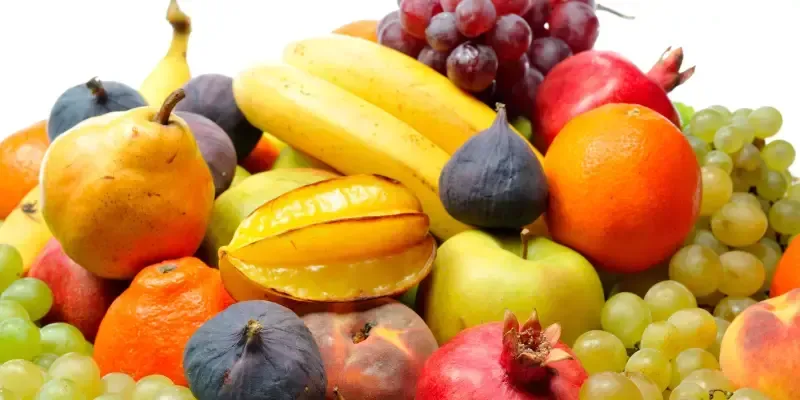Fruit pairings: ideal for your preparations

In the food and beverage industry fruit pairings are art. If well executed, it is possible to offer a whole range of flavors and sensations.
Below, we share the ABC you can keep in mind to implement this practice. We'll talk about everything from fruit classification to the most successful blends.
The magic of pairing fruits
Whether it's for a smoothie, ice cream, jam, filling, or cake, making good fruit pairings is a factor that makes all the difference. This determines whether someone wants to sip or bite over and over again.
So, if that's what you want to achieve through your products, implement the following ABC.
The ABC for an unparalleled fruit combination
Can green fruits match blackberry puree? Or does banana go well with guava puree? Of course, these and other questions will be answered below.
So, the first thing to know is that fruits are classified according to the degree of acidity and the characteristics of their fruit. In addition, there are some combinations you can play with safely.
Fruit classification
First, according to the degree of acidity, we find yellow fruits and others. These help lower cholesterol and triglycerides. As for the semi-acids, there are red fruits and mandarins (Montagud, 2021). Also, there are nuts, such as peanuts or hazelnuts; and sweet fruits, such as bananas and watermelon.
In addition, according to the characteristics of the fruit, there are drupes, pome, and grain fruits. The former have a bone or stone inside, like mango; the latter have nuggets protected by a pulp, like pear. And the grain ones look like seeds, such as strawberries or pomegranates.
Finally, there are the groups of tropical, forest, and citrus fruits (Montagud, 2021).
Fruit pairings that never fail
It is recommended not to add more than three ingredients to one recipe. Thus, some examples are:
· First, pineapple with mango or lemon.
· Second, banana with papaya or pear.
· Third, orange with strawberries.
For desserts, cakes, ice cream, or smoothies, it is recommended:
· Apple and orange.
· Mango and passion fruit.
· Strawberry and watermelon.
· Mango with orange.
Other fruit pairings are also (Rhone, 2020):
· Pineapple, blueberries, and cherry.
· Grapefruit, kiwi, and strawberry.
· Fig, red grape, and pomegranate.
· Red berries, watermelon, and lemon.
· Blackberry, melon, and papaya.
· Banana, avocado and apple.
On the other hand, it is not recommended that you do the following pairings (Times of India, 2020):
1. Carrot and orange.
2. Papaya and lemon.
3. Milk and orange.
4. Vegetables with fruits.
5. Guava and banana.
6. Pineapple and milk.
7. Pudding or flan with banana.
You should be careful with these last pairings. These can cause various health difficulties. That’s why it is very important to know how and with what to combine fruits.
So, now that it's clearer, put this guide into practice and make the most out of fruit pairings in your preparations!
References
- Martínez, E. (2023). 7 combinaciones de alimentos que debemos evitar. Mejor con Salud.
- Moisaner Gourmet. (2020). ¿Cómo combinar frutas para obtener beneficios?
- Montagud, N. (2021). Los 11 tipos de fruta (explicados con sus características). Psicología y Mente.
- Rhone, N. (2020). 6 Power- packed fruit Combos to fuel your morning. Healthline.
- Times of India. (2020). 7 fruit combinations that can be dangerous.blackberry puree













